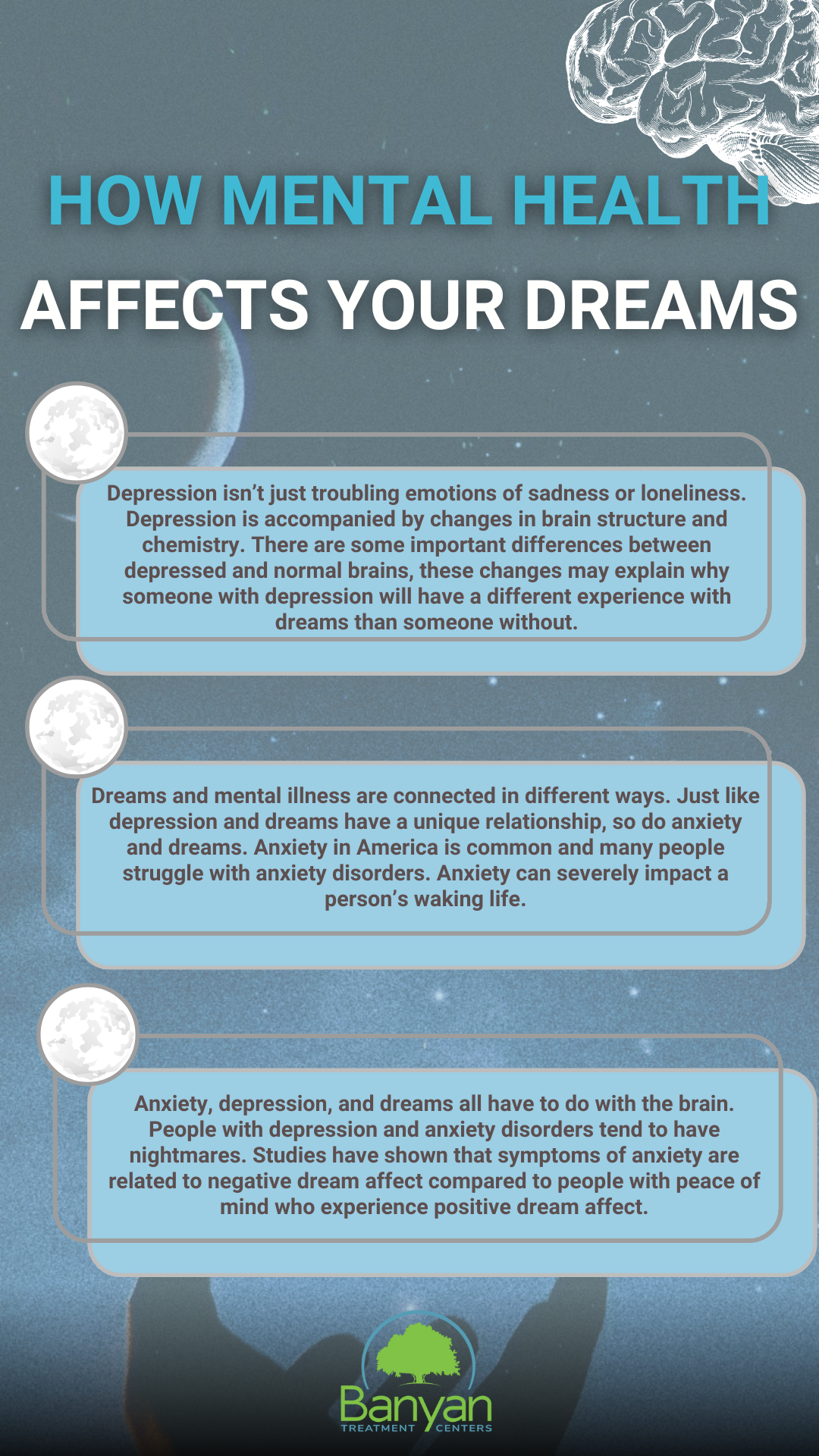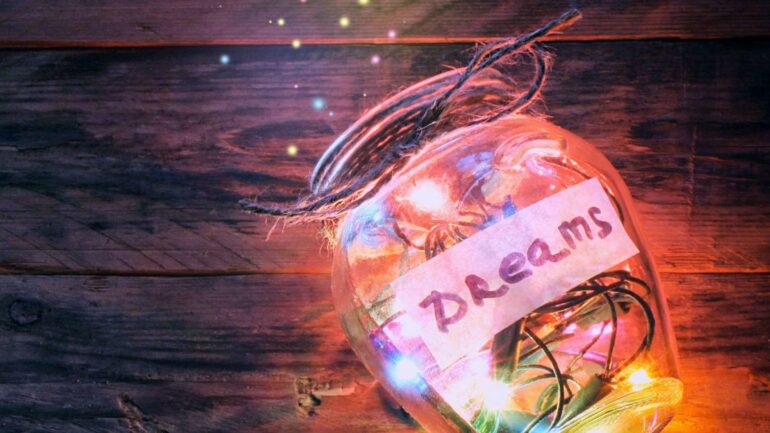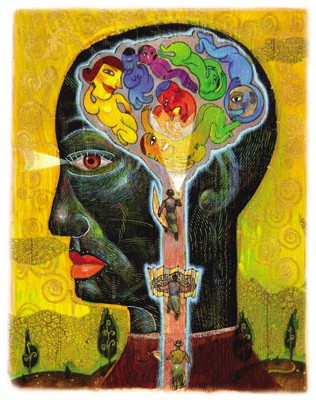The enigmatic world of dreams has captivated human minds for centuries, offering a portal into the mysterious realm of the subconscious. Dreams hold profound emotional significance, serving as mirrors that reflect the unfiltered expressions of our innermost feelings and desires. In this exploration of dream analysis, we delve into the art of deciphering these subconscious messages and gaining a deeper understanding of ourselves.
The Foundations of Dream Analysis
Throughout history, various cultures have attributed immense importance to dreams. In ancient civilizations, dreams were considered divine messages, often guiding significant decisions. The modern understanding of dream analysis was significantly shaped by two prominent figures: Sigmund Freud and Carl Jung.
Freud’s pioneering work unveiled the idea that dreams provide a window into the unconscious mind, laying bare repressed thoughts and feelings. He introduced the concept of dream symbols and explored the notion that seemingly nonsensical dream elements actually held hidden meanings.
Carl Jung expanded on Freud’s ideas, introducing the concept of archetypes—universal symbols that transcend cultural boundaries. He believed that dreams contained collective symbols that tapped into the shared experiences of humanity. Jung’s approach emphasized the connection between dreams and the collective unconscious.
Unveiling the Language of Dreams
Dreams possess a unique language of symbolism. Often, dreams communicate through metaphors, allowing emotions and experiences to be expressed in abstract and imaginative ways. Dr. Kelly Bulkeley, a renowned dream researcher, notes, “Dreams are the mind’s way of making sense of complex emotions and experiences that might be difficult to express otherwise.”
Emotions serve as a crucial aspect of dream analysis. Dreams are emotional experiences, and the feelings experienced within them offer a direct link to the dreamer’s subconscious state. Whether it’s a dream of soaring through the sky or being chased, the emotions accompanying these scenarios hold keys to hidden aspects of our psyche.
The Dreamer’s Toolkit: Techniques for Effective Dream Recall

Before delving into dream analysis, it’s essential to remember the dreams themselves. One powerful technique is keeping a dream journal. Upon waking, record every detail, no matter how insignificant it may seem. This practice enhances dream recall over time and aids in identifying patterns.
Creating an optimal sleep environment is also crucial for dream recall. Ensure your sleeping space is comfortable and free from distractions. Additionally, practices like meditation and mindfulness can enhance awareness, making it easier to remember dreams upon waking.
Navigating the Emotional Landscape of Dreams
Dreams encompass a vast spectrum of emotions, from fear and anxiety to joy and ecstasy. Unraveling the emotions within dreams can offer profound insights into the dreamer’s emotional landscape. Distressing dreams often reflect hidden worries and fears that we may not acknowledge in waking life.
On the other hand, dreams of happiness and fulfillment might point to unexpressed desires and aspirations. These dreams provide a safe space for our subconscious to explore what truly brings us joy.
The Subconscious Persona: Self-Identity in Dreams
As we analyze our dreams, we encounter a diverse cast of characters and scenarios. Dream characters often mirror different facets of the dreamer’s personality, serving as reflections of various traits and emotions.
Jung introduced the concept of the shadow—the darker aspects of ourselves that we may suppress. Dreams often bring these hidden traits to the surfa straight from the source ce, allowing us to confront and integrate them. By engaging with our dream personas, we embark on a journey of self-discovery and self-acceptance.

Welcome to my website! My name is Patrick Petherick, and I am a professional Emotional Dream Coach. I am passionate about helping individuals understand the profound symbolism and meaning behind their dreams, and guiding them towards emotional healing and personal growth. Check it





